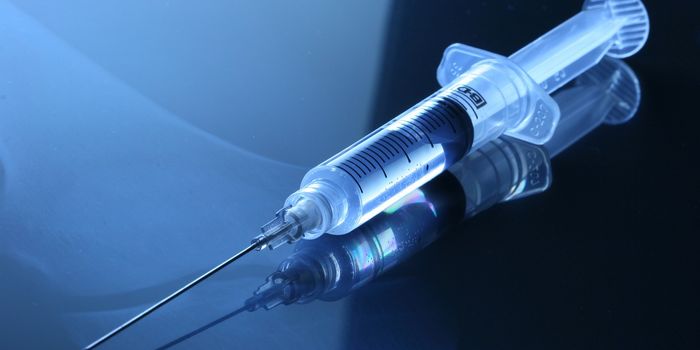The Immune Cells Giving Menopausal Women Higher BPs
In general, men have higher blood pressures than women, giving them an increased risk of developing heart disease. After menopause, however, this trend flips. New research has finally uncovered the physiological changes behind this phenomenon — surprisingly, the underlying biological mechanism lies outside the cardiovascular system.
Heddwen Brooks from the University of Arizona is a researcher interested in sex differences between the incidences of chronic diseases including cardiovascular conditions and diabetes. In Brooks’ latest study, the biological mechanisms that tie menopause together with heart disease onset was put under the microscope. Interestingly, these aging-associated changes in women were found to be caused by changes in a subset of immune cells known as regulatory T cells.
“Based on previous work, we know estrogen played an important role in preventing kidney inflammation and cardiovascular disease in women,” said Brooks.
“Our study shows how estrogen can directly impact the immune system to increase protective, anti-inflammatory T regulatory cells, which can guard a female from hypertension and kidney damage prior to menopause.”
Women were found to have significantly fewer regulatory T cells after menopause, which were linked to a spike in pro-inflammatory markers in their kidneys. Also, when T regulatory cells were depleted in premenopausal women through the administration of a drug, a surge in blood pressure followed.
Hypertension is a silent killer which can elevate an individual’s risk of getting a stroke or a heart attack. “Based off this study, we hope to identify new pathways of treatment to help postmenopausal women better manage their blood pressure, as current medications are not as effective in women as they are in men,” said Brooks.
Sources: American Journal of Physiology - Heart and Circulatory Physiology, University of Arizona.









